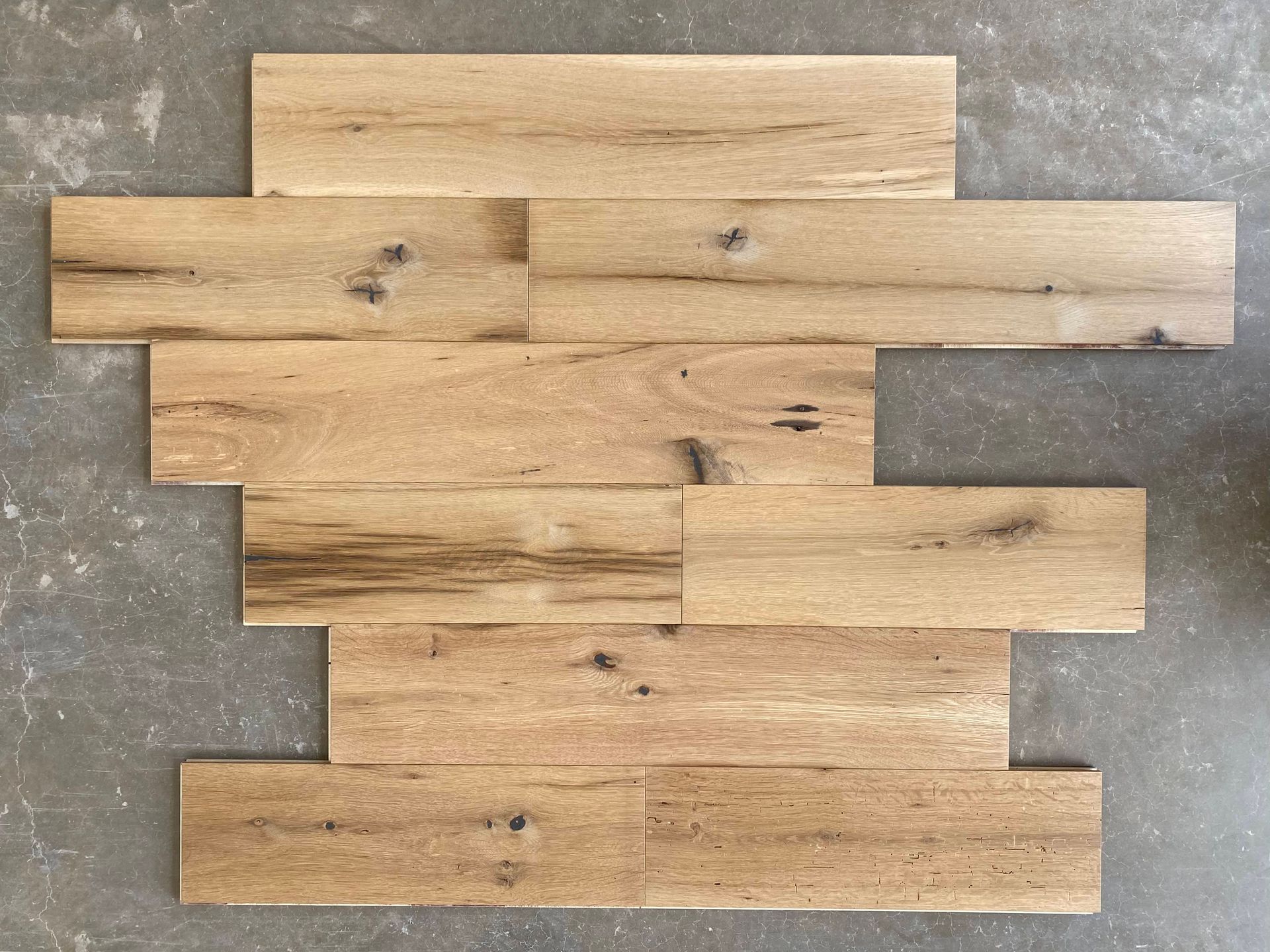The Science Behind Wood Lamination Techniques
Wood Lamination: Techniques, Benefits, and How It Works

Wood lamination might sound complex, but it’s actually a practical and useful woodworking technique. Whether you’re making furniture, architectural pieces, or custom designs, learning lamination can take your projects to the next level.
Why Does Wood Lamination Work?
Lamination is about bonding multiple pieces of wood to create something stronger and more stable than a single piece. This is done by gluing thin layers of wood together and applying pressure with clamps. The result is a composite material that’s often better than solid wood.
The science is simple: lamination spreads stress across layers. Each piece of wood has its own grain and weak spots, but when combined with others, these weaknesses are minimized. Together, the layers create a stronger whole.
Types of Wood Lamination
Face Gluing for Wider Panels
This is the easiest type of lamination. Boards are glued edge-to-edge to make wider panels, perfect for tabletops or cutting boards. The key is choosing boards with similar grain patterns and moisture levels.
Stack Lamination for Thickness
Need thicker wood? Stack lamination is the answer. Thin panels are glued together to create thicker ones. This method lets you control the final size and can save money compared to buying thick lumber.
Bent Lamination for Curves
Bent lamination is where things get creative. Thin slices of wood (1/16 to 1/8 inch thick) are glued and shaped into curves. This technique allows for designs that solid wood can’t achieve, like curved chair backs or decorative elements.
Picking the Right Glue
The glue you use is critical. Here are the main options:
- PVA Glue: Great for indoor projects. It’s easy to use, cleans up with water, and creates strong bonds.
- Urea Formaldehyde: Moisture-resistant and durable, ideal for high-temperature or outdoor use.
- Phenolic or Resorcinol Glue: Waterproof and strong, perfect for outdoor or high-stress projects.
Match your glue to your project. For indoor furniture, PVA works well. For outdoor pieces, go with waterproof adhesives.
Steps for Success
Prep Your Wood
Preparation is key. Make sure your wood pieces are flat, smooth, and clean. Any gaps or rough spots will weaken the bond. Also, ensure the wood is dry and adjusted to your workshop’s environment.
Apply Glue Evenly
Spread glue evenly with a brush or roller. Cover the entire surface, especially the end grain, but avoid using too much glue. Excess glue can cause problems during clamping.
Clamp It Right
Use clamps spaced 4-6 inches apart and let the glue cure for 24 hours. Apply firm pressure, but don’t overdo it, you want good contact, not all the glue squeezed out.
Avoid These Mistakes
Even pros make mistakes. Here are common ones to watch for:
- Mismatched Moisture Levels: Wood with different moisture levels can warp or crack.
- Rushing the Process: Use glue with enough work time to align and clamp properly.
- Poor Surface Prep: Smooth, clean surfaces are essential for strong bonds.
Why Lamination Matters Today
Lamination opens up endless possibilities. It allows for curves, tapers, and shapes that solid wood can’t achieve. It’s also eco-friendly, letting you use smaller wood pieces and reduce waste.
Expert Help for Complex Projects
At Bay and Bent, we know how to do advanced lamination techniques for furniture, architectural millwork, and custom designs. Whether you need curved elements or large panels, our team can bring your vision to life with strength and beauty.
Start Your Own Lamination Projects
If you’re new to lamination, start small. Try face-gluing boards for a cutting board or tabletop. Focus on matching grain, prepping surfaces, and taking your time with glue-ups.
Once you’re comfortable, move on to more advanced projects like bent lamination. This technique lets you create stunning designs, from curved chair backs to unique architectural features.
The Future of Lamination
Wood lamination is evolving. New adhesives are stronger and more eco-friendly. Modern clamping tools make complex projects easier. Even CNC machines are being used to cut precise forms for lamination.
But the core idea remains the same: combining wood layers creates materials that are stronger, more stable, and more versatile than solid wood. By mastering lamination, you can unlock new creative possibilities and improve the quality of your work.









